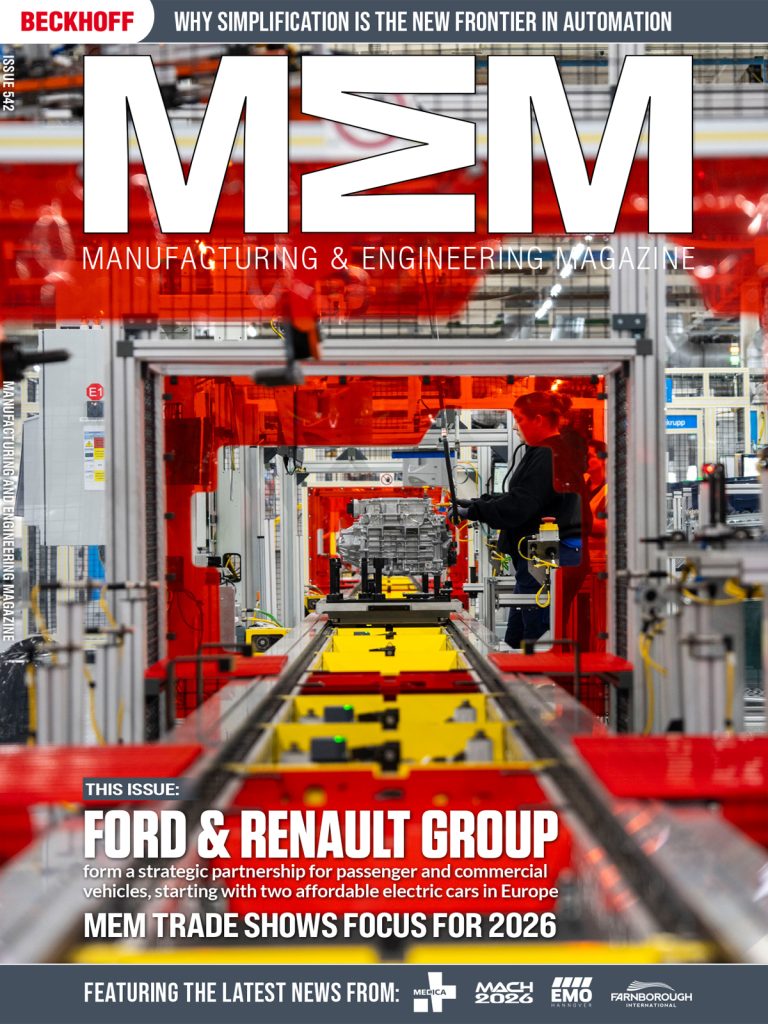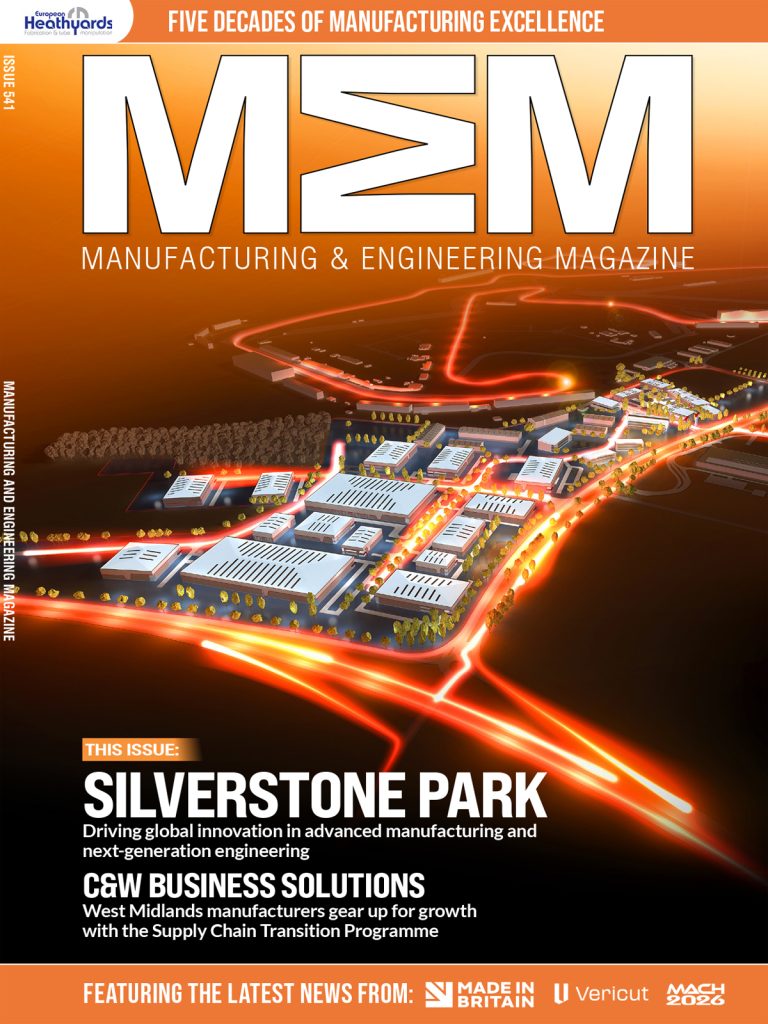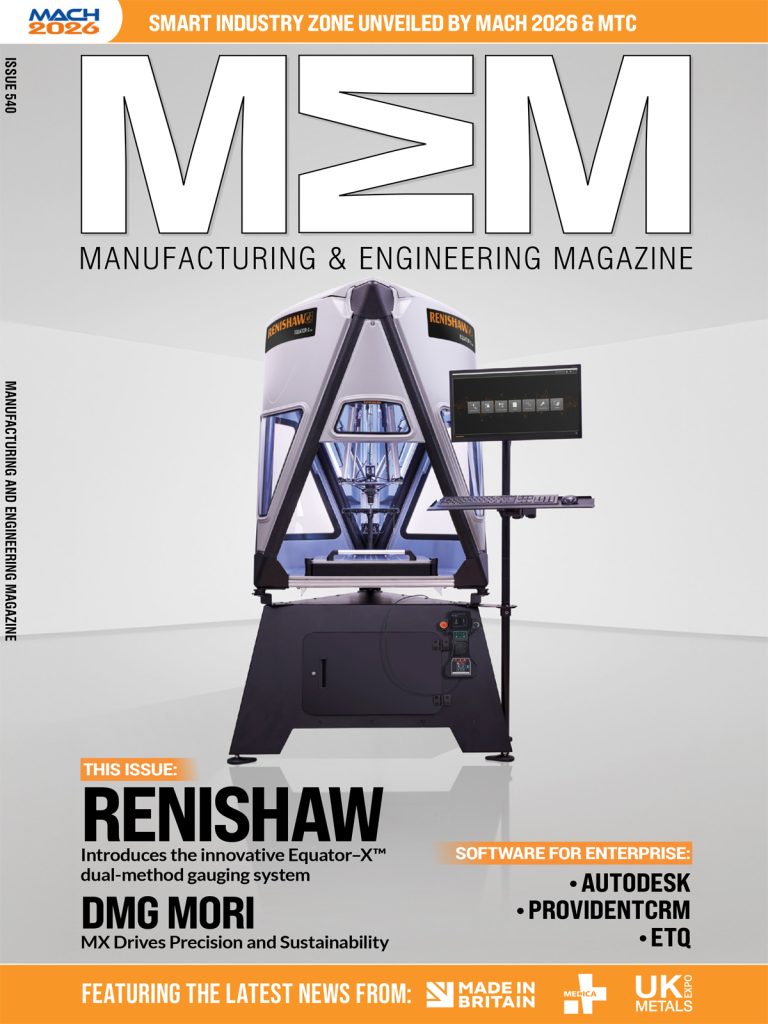The World Health Organization (WHO) has released its new Global Strategy for Food Safety 2022-2030. Inspection and contaminant detection specialist Fortress Technology explores how HACCP planning feeds into this, and what needs to be included in a food safety plan for it to gain approval from the Food Standards Agency (FSA) and the Food Safety Authority of Ireland.
The WHO has a vision: To try and ensure that all people, wherever they are in the world, can consume safe and healthy food. This effort is repeatably referred to as being people’s “basic human right.” Sales Director Phil Brown at Fortress Technology Europe explores how processors can prepare, and the role that modern inspection systems, technology and software features play in protecting consumers worldwide.
Several decades ago, food safety management programs were generally reserved for the very largest food manufacturers. Many recognised just how far news of a recall can spread and how extensive the brand damage could be. Today, retailers, legislation, and prolific consumer awareness drive the food safety agenda.
HACCP SAFETY TAKES OFF
Consumers expect contaminant-free food. The earliest adopter of a food safety management system came about in 1960s America. A team of food scientists, Pillsbury engineers and the US Army collaborated with NASA to build quality checks to help ensure that the food on space expeditions was safe and pathogen-free. During the 1980s, the WHO published their first report on HACCP systems, recommending their implementation in food manufacturing.
This food safety mindset slowly began to infiltrate food production plants and during the 1990s HACCP became a legal requirement for all EU member states. The legislation was updated again in 2006.
In the UK, any procedure that involves food safety management should now be based on HACCP principles. This means that the entire supply chain, from farm to fork, is required to implement a HACCP plan.
Across all of these decades, work has been diligently going on to document, plan and ensure food safety is not compromised. “Consistently high standards of food safety must be kept throughout the entire food supply chain. The industry is not relying on simple quality checks anymore. Pre-emptive, preventative measure controls, corrective actioning, accurate and regularly updated documentation and inspection systems all play their part in this ‘New Era of Smarter Food Safety,” states Phil Brown.
THE WHO’S WHO OF FOOD SAFETY
The WHO’s Global Strategy for Food Safety 2022-2030 highlights a belief that global food safety control systems will be strengthened by increasing the use of scientific evidence and risk assessment in decision making. The future of food safety in the UK could see the adoption of a more risk-based preventative approach in order to align better with this shifting food safety narrative and expectations.
To confuse food safety matters, the US now adopts a program titled Hazard Analysis Risk-Based Preventative Control (HARPC). Currently, HACCP still remains the main food safety management system in the UK and continues to align with the WHOs five key, interconnected, scientific-backed priorities. These include stronger national food safety control systems; the utilisation of food safety systems to identify and respond to food safety challenges; increasing use of scientific evidence and risk assessments in decision making; stakeholder engagement in risk communication; and promoting food safety as an essential component of trade.
Picking apart the distinctions, Fortress Technology’s free and informative new whitepaper “Writing a HACCP Plan” details the step-by-step process to designing and implementing an FSA and Food Safety Authority Ireland-approved plan.
RATE YOUR RISKS
Traceability is a key element in the WHO’s global food safety initiative. Inspection systems such as metal detection and X-ray mitigate the risk of physical contaminants, while simultaneously increasing traceability and reducing the likelihood of a recall.
HACCP planning focuses on Critical Control Points (CCPs). Here, inspection systems play a large and very essential role. Creating a CCP decision tree can help processors to first decide whether the hazard warrants a CCP. The risk is then rated by severity and likelihood. From this, control measures should be implemented to prevent, eliminate or reduce the hazards to an acceptable level. This can include the addition of an inspection system.
To illustrate this point, most food production lines feature metal in their equipment, tools and processes. This presents a high probability of metal contaminants entering the production line. An end-of-line metal detector can be used as a preventative control measure in this instance.
TRACEABLE DOCUMENTATION
A well-established documentation system forms another integral part of food safety. Documents must be maintained and stored safely in order to show that the CCPs and critical control limits are working and under control.
The FSA requires all food manufacturers keep a written record of their entire HACCP plan, including the process, proof and problems. Corrective actions, inspection system performance validation tests, auditing and inspection results, cleaning schedules, pest control reports, the recall plan, and certificates relating to food safety must all be documented and up-to-date.
Highlighting the benefits of storing data digitally, Fortress inspection machines can be equipped with real-time reporting software to optimise food quality controls. “Digitising record-keeping eliminates many of the cumbersome functionality concerns food manufacturers usually encounter with paper records. Notably infrastructure, data storage, security and scalability. Processes that have largely been paper-based can utilise digital record-keeping as a fundamental step toward building a sturdier supply chain and reporting process,” emphasises Phil.
DEFINING THE FUTURE
Changes to food safety concepts, including the WHO Food Safety plans, are largely driven by legislation from North America. Most countries’ legislative frameworks are now merging into things that look very similar to these FDA and FSMA standards, creating a roadmap that pursues continuous improvements and bolsters collaboration.
HACCP continually evolves. So too do manufacturing processes, the supply chain, inspection systems and documentation requirements. Phil concludes: “By continuing to work closely together, food manufacturers, machinery suppliers, production staff, retailers and consumers can shape how modern businesses cater to food safety demands. Future food safety improvements are largely dependent on this level of cross-collaboration.”
Click here to download your free copy of Writing a HACCP Plan
Manufacturing & Engineering Magazine | The Home of Manufacturing Industry News















